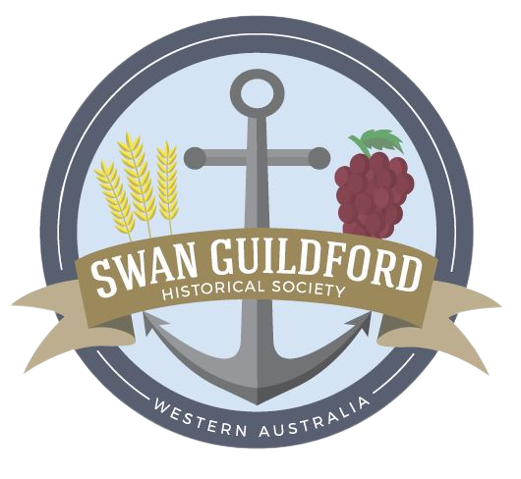Swan Guildford Historical Society
Events
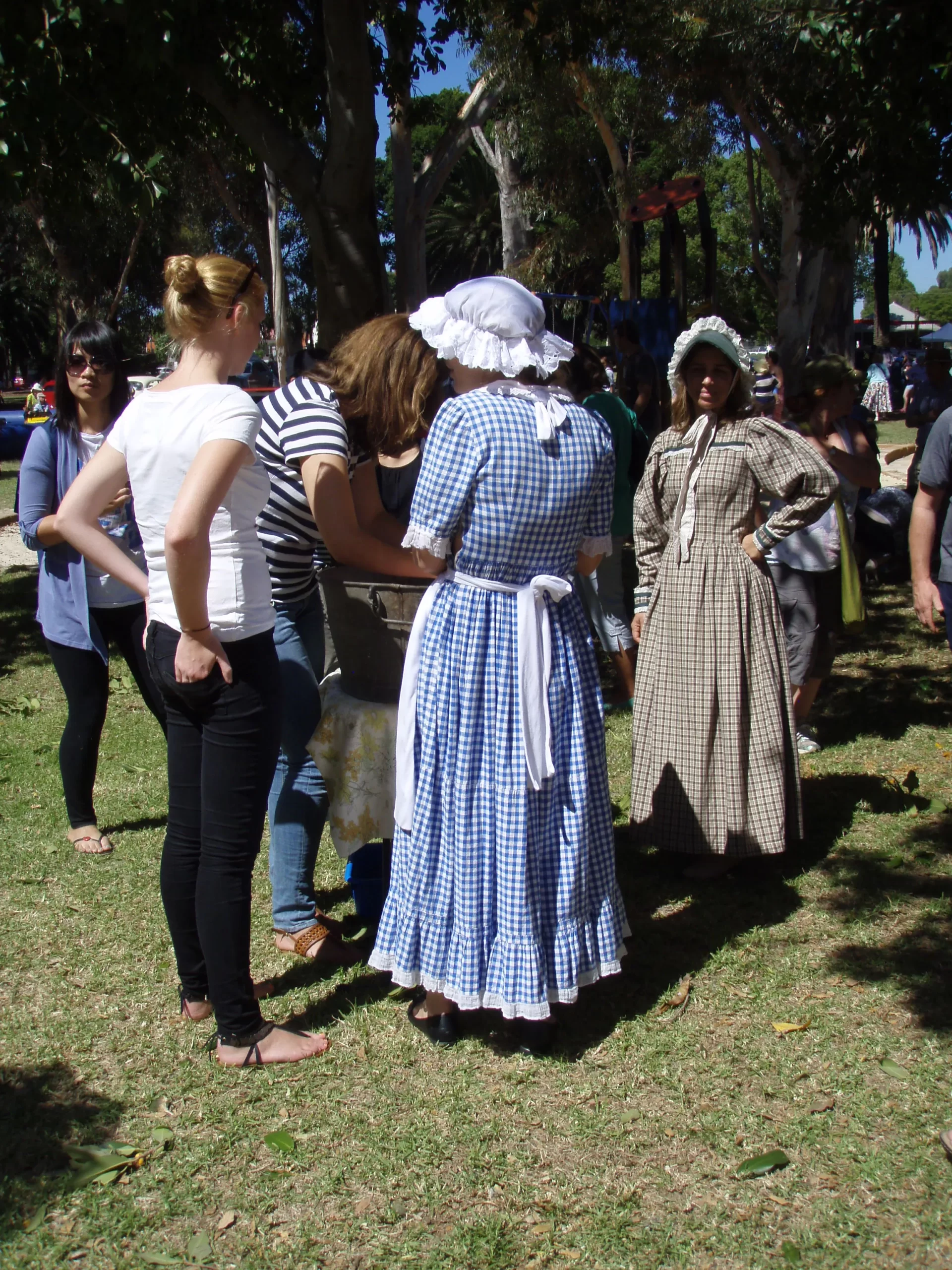
Annual Events
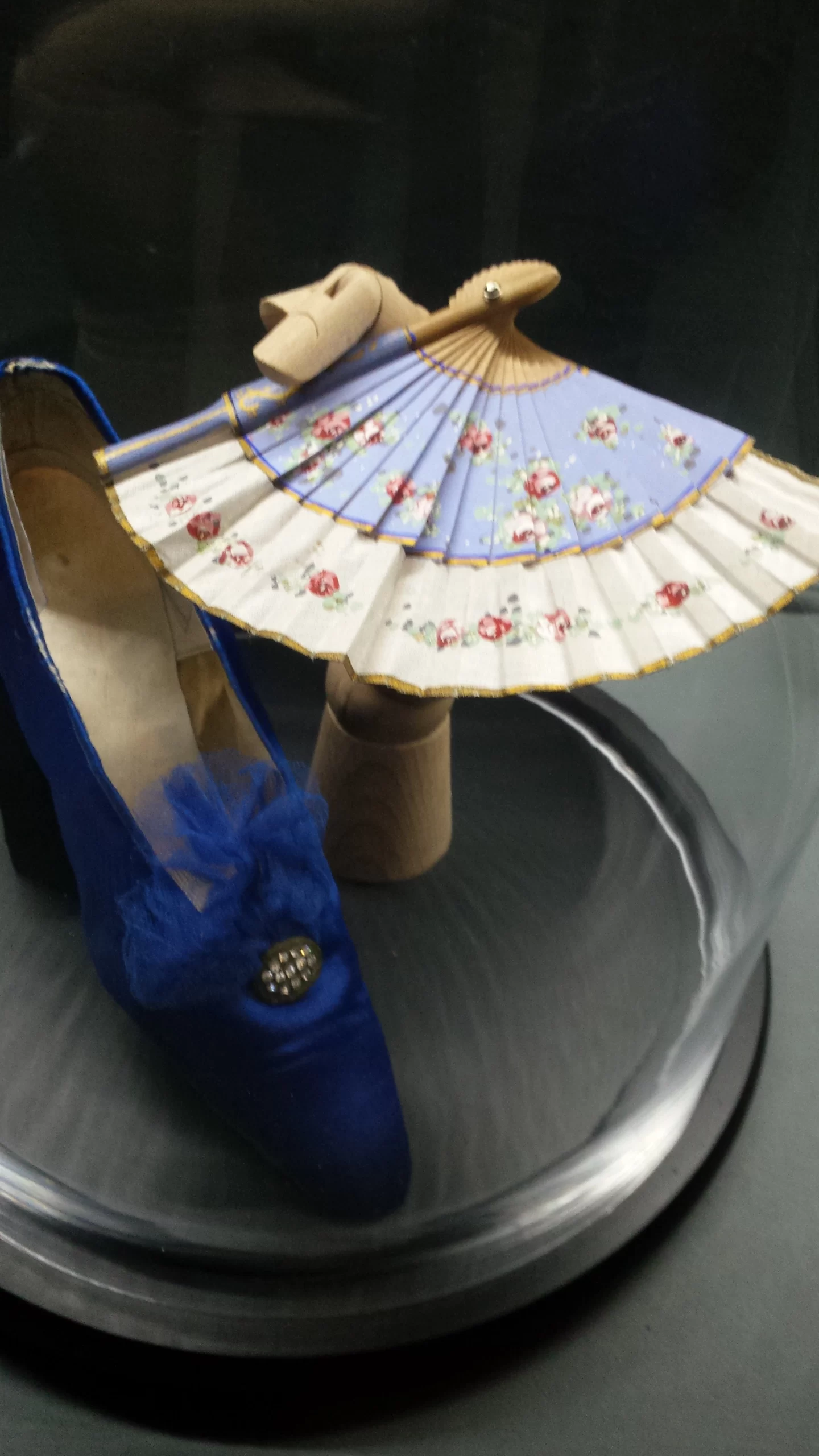
Australian Heritage Festival April – May
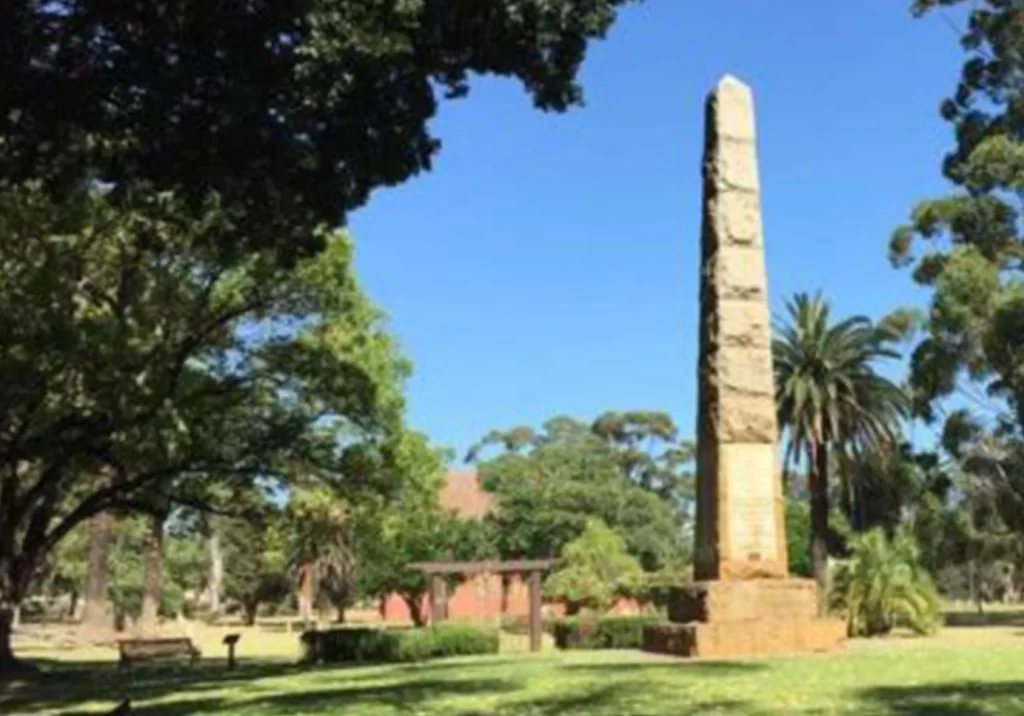
Anzac Day 25th April
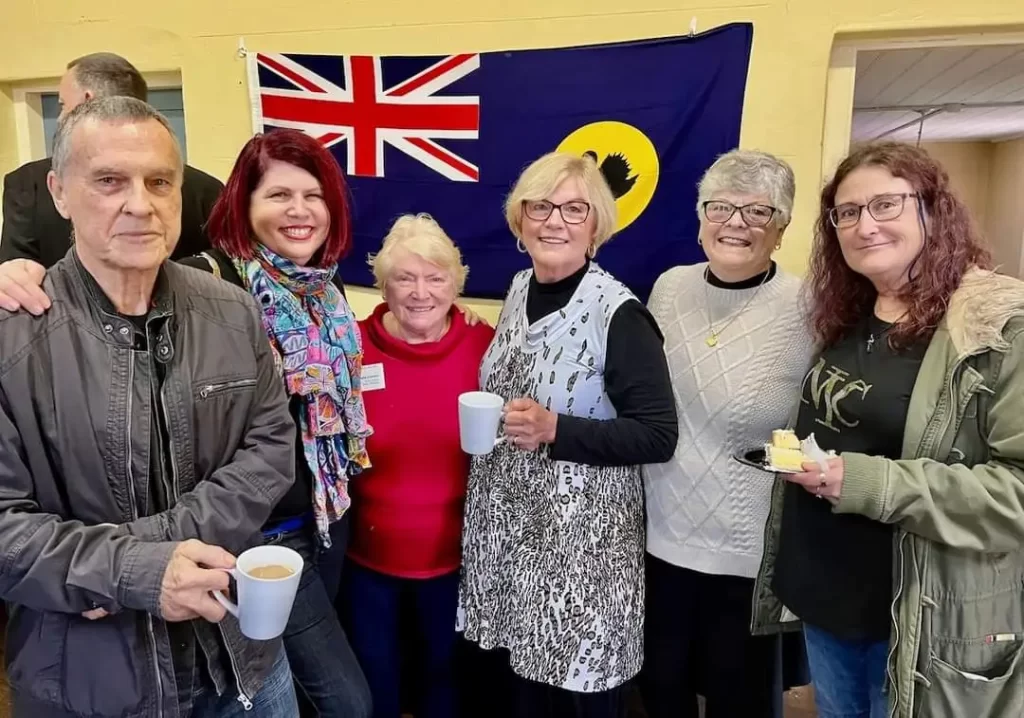
Western Australia Day First Monday in June
Exhibitions
Entry is FREE, so take the time to browse and enjoy these exhibitions.
WA's Colonial Past
Three rooms within the Swan Valley Visitors Centre building are in use by the Society as an exhibition space.
One exhibition explores Western Australia’s Colonial past. It tells the story of Guildford as an inland port, convicts in the Colony, the impact of the railway, and how Guildford became a fashionable address for the rich and famous in the late 19th Century.
Items on display include costumes, paintings, and furniture belonging to the Swan Guildford Historical Society.
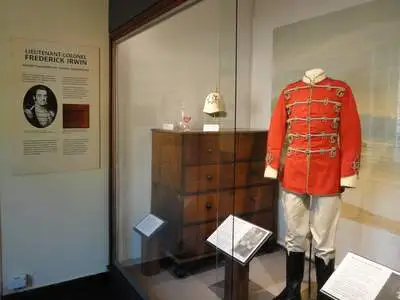
Walking through History: 100 Years of Wedding Dresses
A second exhibition is called Walking through history: 100 years of wedding dresses.
It features beautiful wedding dresses, exploring the choices brides made for their special day, including the fabric and style of gowns. Accessories such as boots, flowers, head dress and hats are also displayed. These items bring the past to life, while at the same time recognising how tradition impacts on the present as well as future generations of brides and grooms.
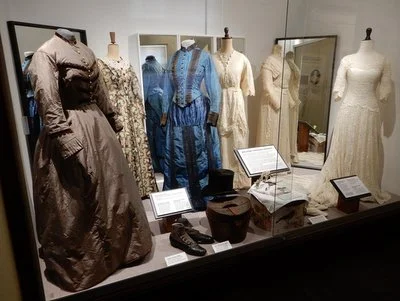
Lorem ipsum dolor sit amet, consectetur adipiscing elit. Ut elit tellus, luctus nec ullamcorper mattis, pulvinar dapibus leo.
